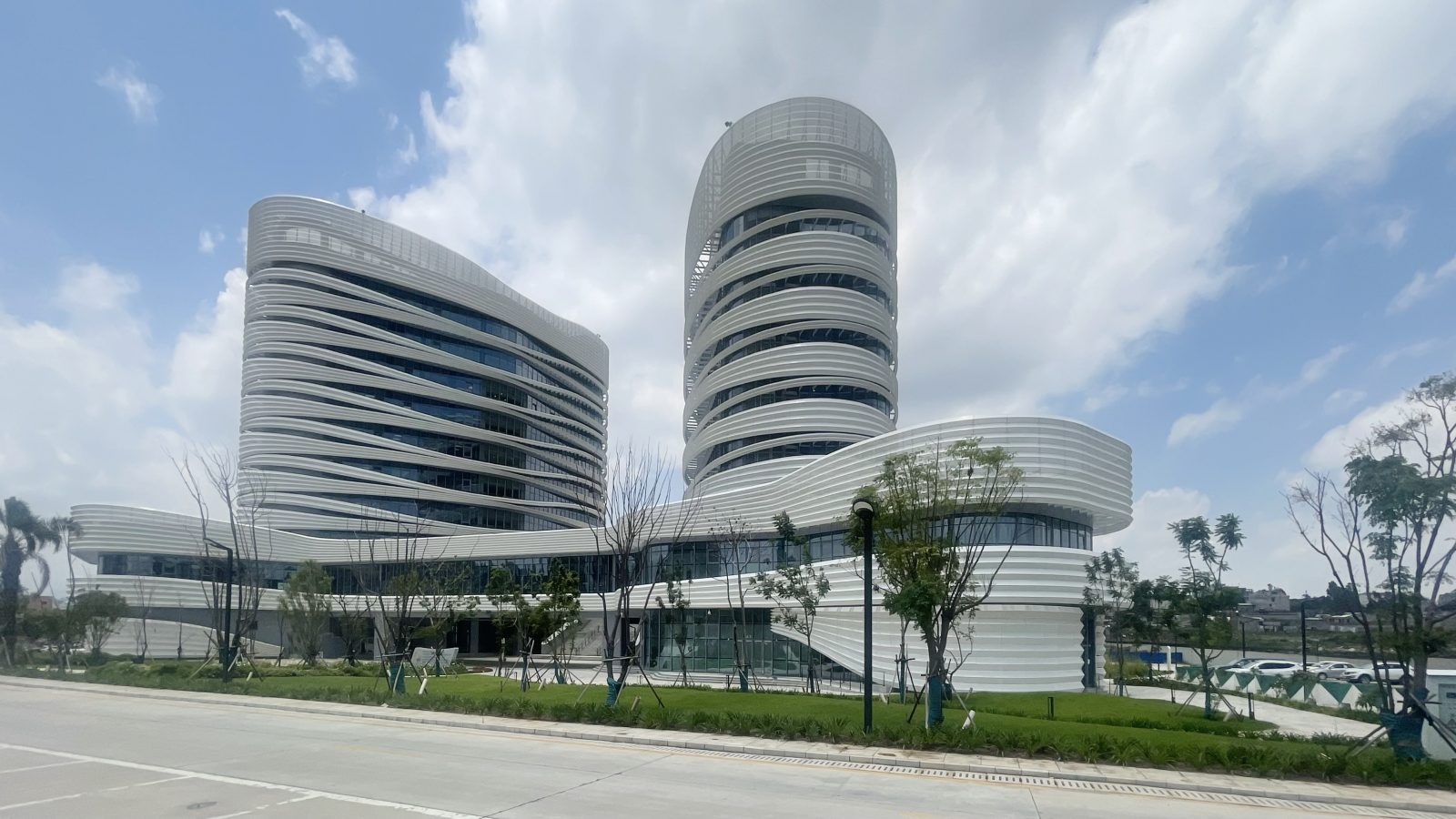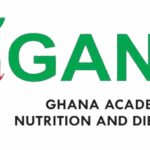
Africa’s health financing model stands at a defining moment, challenged by diminishing external aid, unsustainable debt burdens, and fragile domestic systems struggling under the weight of rising health emergencies. The Africa Centres for Disease Control and
Prevention’s (Africa CDC) April 2025 briefing, Africa’s Health Financing in a New Era, lays bare the extent of this crisis, while offering an audacious blueprint for change. According to the report, between 2021 and 2025, Official Development Assistance (ODA) for health across the continent has plummeted by 70%.
The authors note that “Official Development Assistance has traditionally been the backbone of Africa’s health sector,” and this collapse in support is imperiling pandemic preparedness, immunization campaigns, maternal and child health, and the core disease surveillance infrastructure underpinning national systems.
Overlaying this decline in donor funding is an avalanche of debt obligations. African countries, according to projections in the report, are on track to service USD 81 billion in debt by the end of 2025, an amount that outstrips expected development finance.
“External shocks and macroeconomic instability are not merely setbacks; they are unmasking the structural fault lines in African public health systems,” the document states, underscoring that limited fiscal space has led to stagnant or even regressing investments in healthcare.
tongjiarchitecturaldesign(group)co_-ltd_.jpg)
The continent’s inability to deliver on its own commitments further complicates the situation. In 2001, African Union (AU) member states signed the Abuja Declaration, promising to allocate at least 15% of their annual budgets to health.
Yet more than two decades later, only three countries, Rwanda, Botswana, and Cape Verde, consistently meet this goal. The majority of states fall
well short, with over 30 member countries investing under 10%, and some as low as 5–7%. As Africa CDC bluntly puts it, “We are seeing political commitment not translating into fiscal prioritization,” driving a wedge between continental vision and the practical resourcing required for transformation.
Another area of concern raised by the Africa CDC is the weak policy infrastructure surrounding domestic health financing. Only 16 of the 55 AU member states currently have both a National Health Development Plan (NHDP) and a National Health FinancingPlan (NHFP) in place, documents essential for long-term investment strategy, donor coordination, and internal revenue mobilization. The report warns, “Without a robust national financing roadmap, even the most ambitious health targets will remain aspirational.”
The continent’s health resilience is being tested on multiple fronts. Africa has experienced a 41% surge in public health emergencies in the last two years alone—from 152 in 2022 to 213 in 2024. This spike includes outbreaks of Mpox, Marburg, cholera, measles, and Ebola. In areas like the Sahel, Eastern DRC, and Sudan, overlapping humanitarian crises, driven by conflict, displacement, and climate impacts, have further overwhelmed already stretched health systems. “The continent’s response capacity is now defined more by improvisation than by institutional readiness,” the strategic document observes with concern.
Climate change, shifting disease patterns, and geopolitical unrest are redefining the nature of health risk across Africa. The Africa CDC points out that “health threats can no longer be siloed from climate, migration, and security challenges,” calling for an integrated, multi-sectoral financing approach. This model would embed health investments into broader national development planning to account for rising disease vulnerability linked to environmental stress and population movement.
Despite the gravity of the moment, the Africa CDC’s tone is neither defeatist nor fatalistic. Rather, it seeks to channel this crisis into opportunity. The report proposes “a new public health financing compact” for the continent, emphasizing sustainable domestic financing, transparent governance, and the reinvigoration of public-private partnerships.
It urges African governments to update or establish NHDPs and NHFPs, boost investment in surveillance and laboratory infrastructure, and prioritize the health workforce. Importantly, it places emphasis on local ownership, shifting the narrative from reliance on donor cycles to building resilient, sovereign health systems.
At its core, Africa’s Health Financing in a New Era is both a warning and a catalyst. It highlights how decades of donor dependency and underinvestment have left systems vulnerable but also shows how decisive, coordinated action can reverse that legacy.
As the document concludes, the true path to achieving Universal Health Coverage and meeting Sustainable Development Goal 3 lies not in external grants or emergency responses, but in reengineering the very architecture of Africa’s health investment landscape.
Whether that transformation takes root will depend on the resolve of African leaders to match policy with funding, vision with infrastructure, and urgency with systemic reform. The stakes, as the report makes clear, go far beyond metrics—they touch on the very foundations of health sovereignty across the continent.
Source: Africa’s Health Financing in a New Era – April, 2025 – Africa CDC




